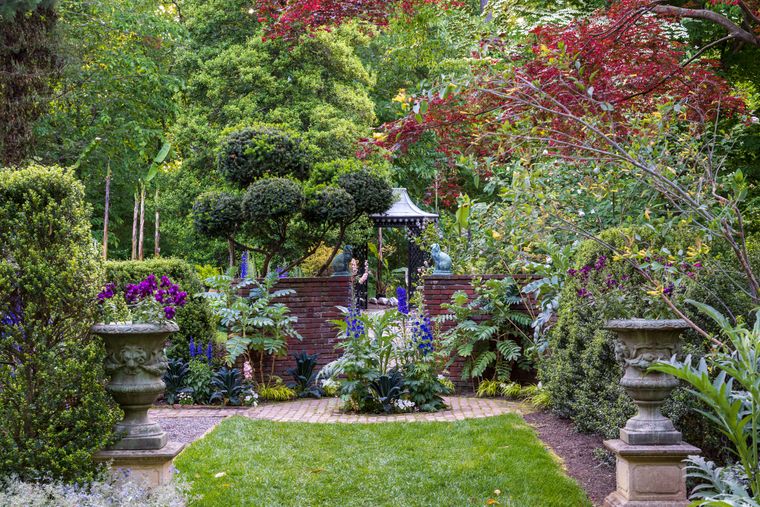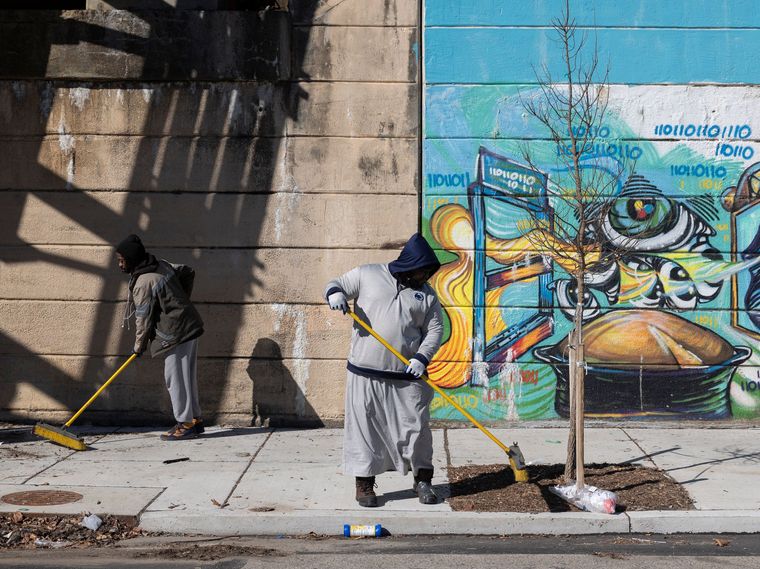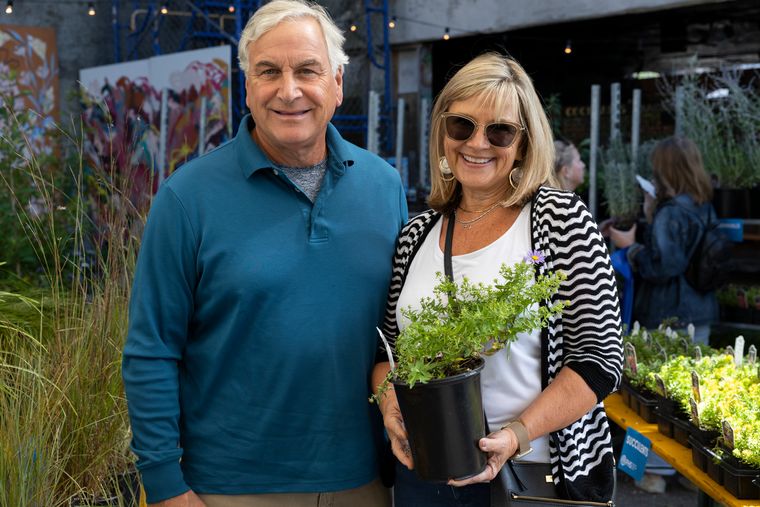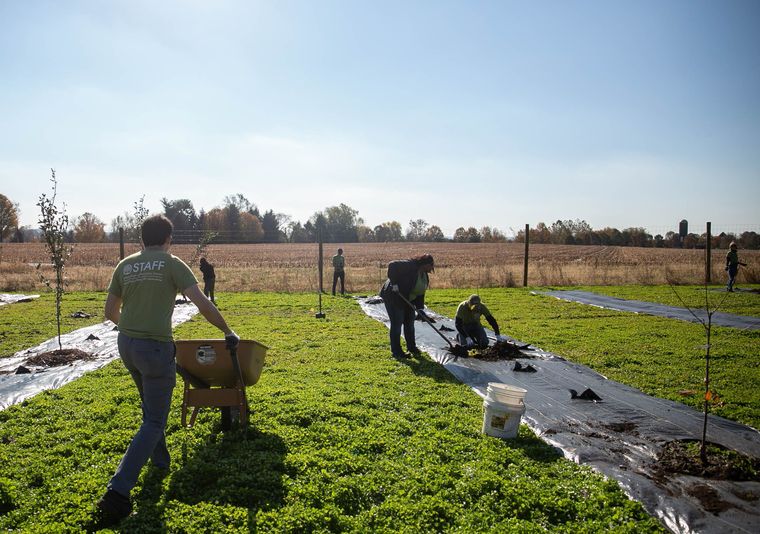Gardens To Visit

Visit a PHS garden or landscape to help build stronger social connections with your community.
For Neighborhoods

Explore programs that create healthy, livable environments and increase access to fresh food.
For Gardeners

Engage with PHS on gardening, whether you’re an expert or a beginner.
About Us

Get to know our story, become a part of our staff, or see what is in the news with PHS.